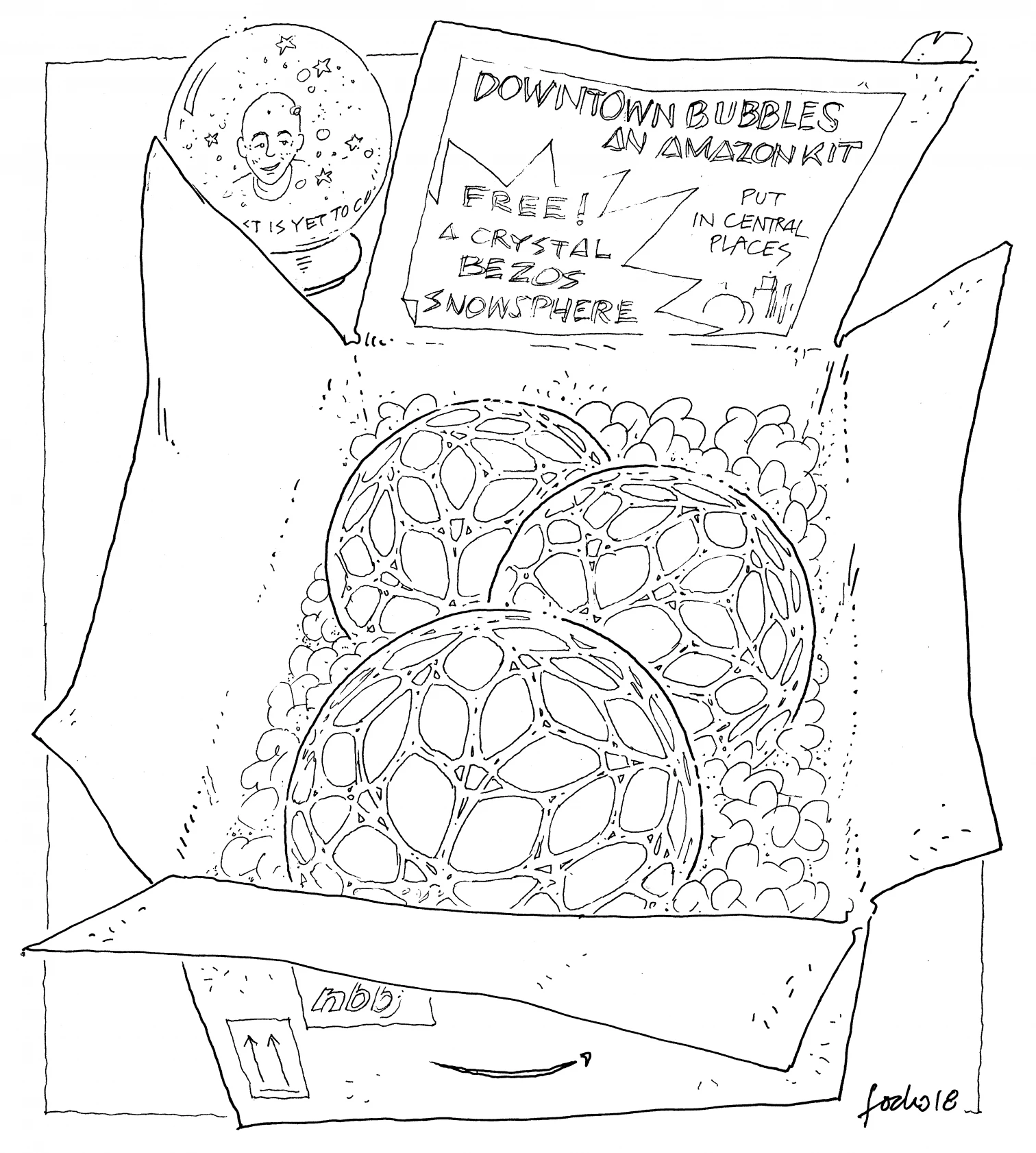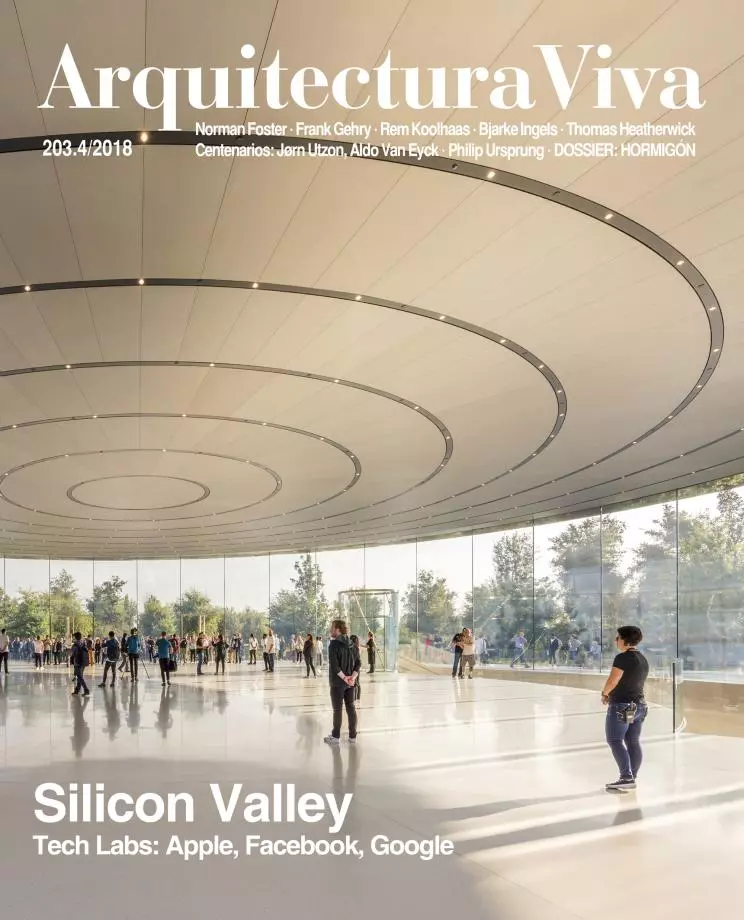
Since its beginnings back in the year 1994, Amazon has deviated from the urban model followed by the world’s major technology corporations, that of implanting their headquarters in work environments which are distanced from the city center and supposedly idyllic in character, opting instead to raise its main buildings right in downtown Seattle. This has to do with the company’s interest in attracting professionals of a fundamentally urban outlook. Now, however, with the intention of enabling employees of the electronic commerce and cloud computing giant to enjoy and benefit from nature without having to leave the city, the American global architecture, planning, and design firm NBBJ has erected three interconnected glass spheres that function as an enormous greenhouse and harbor a miniature Amazon cloud forest.
Indeed, this nature enclave inserted into the urban fabric of the United States West Coast seaport city seems to guarantee the wellbeing of plants more than it does the wellbeing of human beings: more than 400 vegetal species growing and thriving beside and amid work stations need the indoor humidity level kept constant at 60% as well as a steady high temperature. Maybe Amazon Chief Executive Officer Jeff Bezos’s tri-sphere biodome is simply another product distributed by the online retailer, delivered in this particular case to the city of Seattle. But we may also altogether be witnessing the start of a paradigm shift by which we humans cease to be producers, and become a product – to be sure, a very well packaged one.






